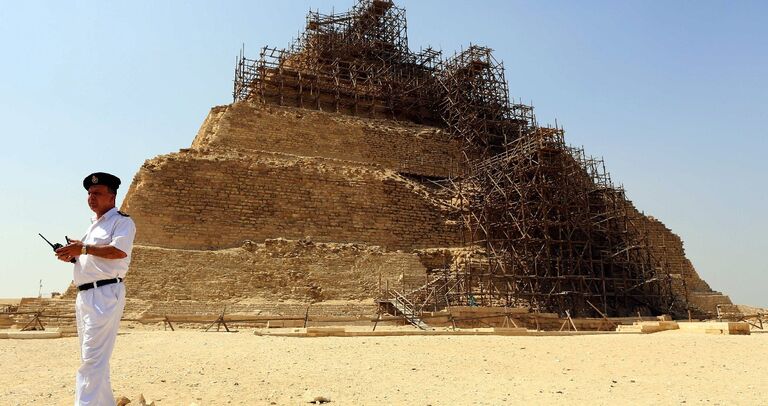20 Awe-Inspiring Discoveries That Prove Just How Truly Special The Egyptian Pyramids Are
Although Egypt’s pyramids have been studied since the 19th century, new discoveries are almost constantly in the news. Yes, even today, archaeologists are making crucial breakthroughs and unearthing intriguing items at the ancient landmarks. And it turns out that we still have much to learn about the pyramids – as these 20 spectacular finds all prove.
20. A secret void in the Great Pyramid
Without a doubt, the best known of the more than 100 pyramids in Egypt are the three at Giza. These massive monuments include the famous Great Pyramid – otherwise known as the Pyramid of Cheops or the Pyramid of Khufu. And even though the site has been the subject of intensive study for over a century, archaeologists were still able to find something startling there in 2017.
Discovery of the century
Using the advanced exploratory method of muon radiography, researchers revealed a previously unknown space inside the Great Pyramid. This enigmatic hollow – which extends for around 100 feet – looks like a passageway, although its true purpose remains a mystery. And while speaking to National Geographic in 2017, Egyptologist Yukinori Kawae said, “This is definitely the discovery of the century. There have been many hypotheses about the pyramid, but no one even imagined that such a big void is located above the Grand Gallery.”
19. The Giza pyramid town
Of course, the pyramids required a huge amount of toil in their construction. And, naturally, the many ancient Egyptians who labored on this astonishing project – from architects to laborers – all needed somewhere to live while the building work was being carried out. Researchers have seemingly found such a place, too, situated near to the Pyramid of Menkaure. Menkaure ruled from around 2530 B.C., and he claimed the last of the tombs erected at Giza.
Remnants of the ancient town
Archaeologists discovered the town – dating from the time of Menkaure – during excavations that began in 1988. And in the area, there appeared to have been both military barracks and a large house for high-ranking officials. There was also once a harbor on the River Nile where supplies for the townsfolk and building materials for the pyramids’ construction may have been transported.

